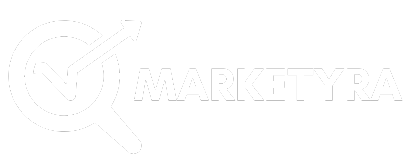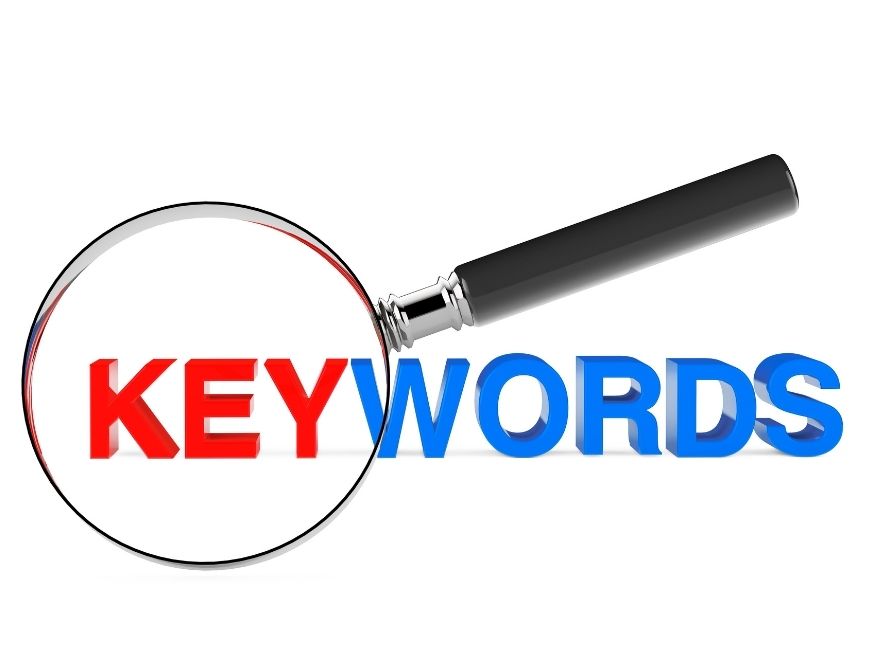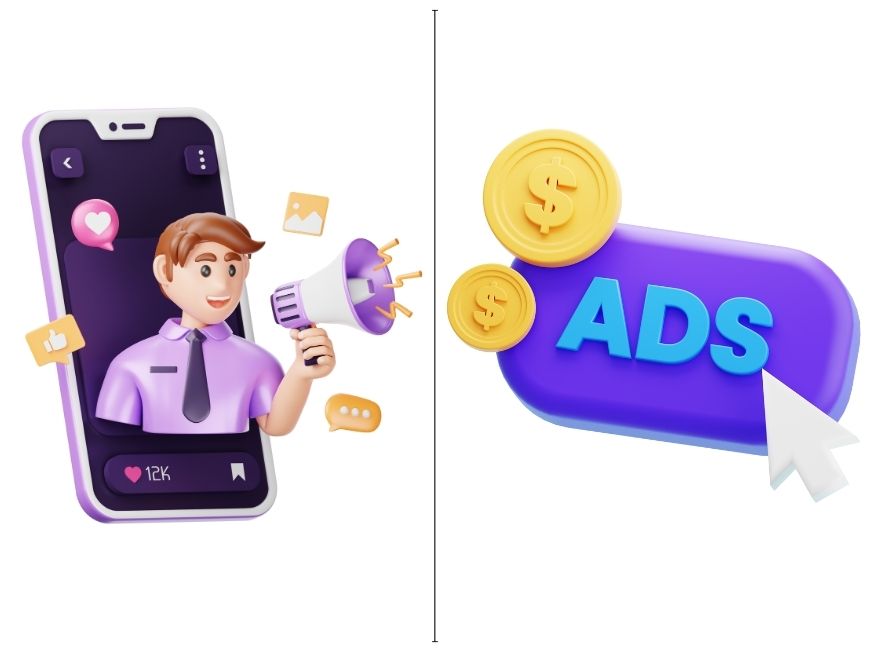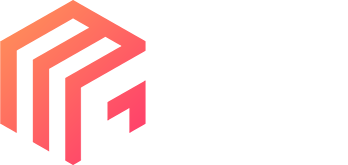On this page you will read detailed information about Optimize Images for SEO.
In the digital age where visibility is key, optimizing images for SEO is not just a beneficial strategy but a necessity. As a website owner, you understand that every element of your site contributes to its overall performance in search engine rankings. This article will guide you through essential steps to enhance your website’s visual content, ensuring that your images are not only aesthetically pleasing but also optimized for search engines. By refining your image SEO, you can significantly improve your site’s visibility, load speed, and user engagement, ultimately leading to higher search rankings and increased traffic.
Understanding Why Optimizing Images for SEO Matters
Enhancing User Experience
When visitors land on your website, the quality and relevance of the images they encounter can significantly impact their browsing experience. Optimizing images for SEO ensures that these visuals are not only captivating but also load quickly, reducing the frustration associated with slow page speeds. A seamless user experience helps retain visitors, encouraging them to explore more of your content and potentially converting them into loyal customers or clients. Moreover, well-optimized images contribute to the aesthetic appeal of your site, making it more engaging and inviting.
Improving Website Performance
Images often account for a substantial portion of a webpage’s total file size, so optimizing them can drastically improve loading times. Search engines prioritize fast-loading sites, which means that by compressing and resizing images effectively, you can enhance your site’s performance and its ranking potential. Faster websites not only rank better but also have lower bounce rates, indicating that users are more likely to stay engaged with your content. Utilize tools and plugins specifically designed for image optimization to strike the ideal balance between image quality and file size.
Boosting SEO and Visibility
Optimizing images goes beyond just resizing and compressing. It involves using descriptive file names and alt text, which search engines use to understand the content of your images. By incorporating relevant keywords such as Optimize Images for SEO in these descriptions, you enhance your site’s visibility in search engine results pages (SERPs). This practice not only aids in reaching a broader audience but also improves accessibility for users with visual impairments, thereby expanding your website’s reach and effectiveness. These efforts culminate in a more robust SEO strategy that drives higher traffic and engagement.
Choosing the Right Image Formats for SEO
Understanding Image Formats and Their Impact
Selecting the optimal image format is a crucial step in ensuring your images not only look great but also perform well in terms of speed and load time. This balance is vital for optimizing images for SEO. Common formats like JPEG, PNG, and WebP each have distinct advantages that can influence your website’s performance.
JPEG is often favored for its ability to compress large images into manageable file sizes without significantly compromising quality. This makes it ideal for photographs where subtle variations in color are essential. On the other hand, PNG is perfect for images that require transparency or contain text, as it maintains a higher quality at the cost of larger file sizes. Meanwhile, WebP emerges as a modern contender, offering superior compression and quality, ultimately reducing load times and improving user experience.
The Role of Image Formats in SEO
The format you choose directly impacts page loading speed—a critical factor in SEO ranking. Faster loading pages not only enhance user experience but also signal search engines that your site is efficient, which can boost your visibility in search results. Moreover, using the appropriate format can help you maintain visual quality while minimizing the file size, contributing to a streamlined website performance.
To effectively optimize images for SEO, consider using JPEG for complex images and photographs, PNG for graphics needing transparency, and WebP for an all-around efficient option. By strategically selecting image formats, you can significantly improve your website’s ranking, ensuring that it stands out in the competitive digital landscape.
Steps to Optimize Images for Fast Loading Times
Compress Images Without Losing Quality
The first step in optimizing images for fast loading times is to compress them effectively, ensuring they maintain high quality. Image compression significantly reduces the file size, allowing for quicker loading times, which is crucial for enhancing user experience and improving SEO performance. Tools like TinyPNG and JPEGmini are excellent for compressing images without noticeable quality loss. By reducing file size, these tools help you maintain the visual appeal of your website while boosting speed and efficiency.
Choose the Right Image Format
Selecting the appropriate format is essential in image optimization. JPEG, PNG, and WebP are among the most common image formats, each serving different purposes. JPEG is ideal for photographs due to its balance between quality and file size, while PNG is perfect for images requiring transparency or a high level of detail, such as logos. WebP, a modern format, provides excellent quality with smaller file sizes and is increasingly supported by most browsers. Choosing the right format not only enhances image quality but also helps optimize images for SEO by improving load times.
Implement Lazy Loading
Lazy loading is an effective technique that defers the loading of images until they are needed, such as when a user scrolls down the page. Implementing lazy loading ensures that only the images in the visible viewport are loaded initially, reducing initial loading time and conserving bandwidth. This strategy not only improves page speed but also contributes to a better user experience, which is a critical factor in search engine rankings.
By employing these strategies, you can effectively optimize images for fast loading times, enhancing your site’s SEO and ensuring a seamless user experience.
How to Use Alt Text and Captions to Enhance SEO
Understanding Alt Text
Alt text, short for alternative text, plays a crucial role in optimizing images for SEO. Its primary function is to describe the content and function of an image on a webpage, which is particularly beneficial for individuals using screen readers. When crafting alt text, ensure it is succinct yet descriptive, conveying the essence of the image in a few words. This practice not only aids accessibility but also helps search engines index the content of your images, which can improve your site’s visibility on search engine results pages.
Crafting Effective Captions
Captions serve as a narrative tool, providing context that can enrich the user experience. Unlike alt text, captions are visible to all users, making them an excellent opportunity to enhance your content. To optimize images for SEO, integrate relevant keywords naturally within your captions. This approach can subtly reinforce the theme of your webpage, improving its relevance to search queries. Captions should be concise but informative, effectively bridging the gap between the image and the surrounding text.
Best Practices for Image Optimization
To fully optimize images for SEO, consider the following strategies:
- Use Relevant Keywords: Both alt text and captions should incorporate keywords without appearing forced. This increases the chances of your page being discovered during relevant searches.
- Maintain Clarity and Precision: Avoid vague language. Whether it’s alt text or captions, specificity aids both user understanding and search engine indexing.
- Prioritize User Experience: Balance SEO techniques with user-centric practices. Ensuring your images contribute to a seamless and inclusive experience will naturally enhance your site’s engagement metrics.
By leveraging alt text and captions effectively, you can significantly boost your website’s SEO performance while fostering an inclusive and informative environment for all users.
In the previous post, we had shared information about Core Web Vitals: Essential Metrics for Website Performance, so read that post also.
Tools and Best Practices for Image SEO Success
Leveraging Image Optimization Tools
To efficiently optimize images for SEO, utilizing the right tools can make a significant difference. Image compression software, such as TinyPNG or JPEGmini, can reduce file sizes without compromising quality. This is crucial in maintaining website speed—a critical factor in search engine rankings. Additionally, tools like Google’s PageSpeed Insights provide actionable advice on improving image loading times, which directly influences user experience and SEO performance.
Another invaluable tool is the Alt Text Generator, which assists in crafting descriptive and keyword-rich alt texts. These tools not only streamline the process but also enhance the accessibility of your website, thus broadening your audience reach.
Best Practices for Image Optimization
Implementing best practices is essential to maximize the efficacy of image SEO efforts. Begin by selecting the appropriate file format; for example, use JPEG for photographs and PNG for graphics with transparent backgrounds. Consistently naming your image files with descriptive, keyword-rich titles enhances discoverability by search engines.
Integrating strategically chosen keywords, like “Optimize Images for SEO,” in both alt text and file names, is a proven strategy to boost visibility. Furthermore, resizing images to fit the dimensions required by your website layout prevents unnecessary loading delays, thereby contributing to a smoother user experience.
Finally, consider leveraging structured data markup to provide additional context about your images to search engines. This practice can enhance the likelihood of your images appearing in rich results, significantly improving your site’s search engine optimization credentials. By consistently applying these tools and best practices, you can ensure your website remains competitive in the ever-evolving digital landscape.
Conclusion
In conclusion, by diligently optimizing your images for SEO, you not only enhance the visual appeal of your website but also significantly boost its search engine ranking. The steps outlined—from selecting the right file format and reducing file size to providing descriptive alt text—are essential components of a robust SEO strategy. Implementing these practices ensures a faster load time and a more engaging user experience, ultimately driving more traffic to your site. By making these efforts, you position your website for higher visibility and success in the competitive digital landscape. Embrace these strategies, and watch your online presence flourish.
Disclaimer
The content published on the Marketyra blog is for educational and informational purposes only. While we strive to share accurate and up-to-date digital marketing tips, strategies, and trends, we do not guarantee any specific results. Readers are advised to use their own judgment before applying any tips or advice provided. Marketyra is not liable for any losses, damages, or issues arising from the use of blog content.
So friends, today we talked about Optimize Images for SEO, hope you liked our post.
If you liked the information about Optimize Images for SEO, then definitely share this article with your friends.
👉 Need help with SEO or digital marketing services?
Feel free to call us at 📞 +91-9306925861, email us at 📧 admin@marketyra.com to get in touch!






